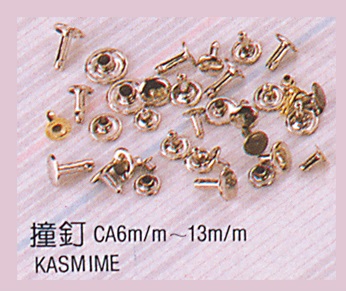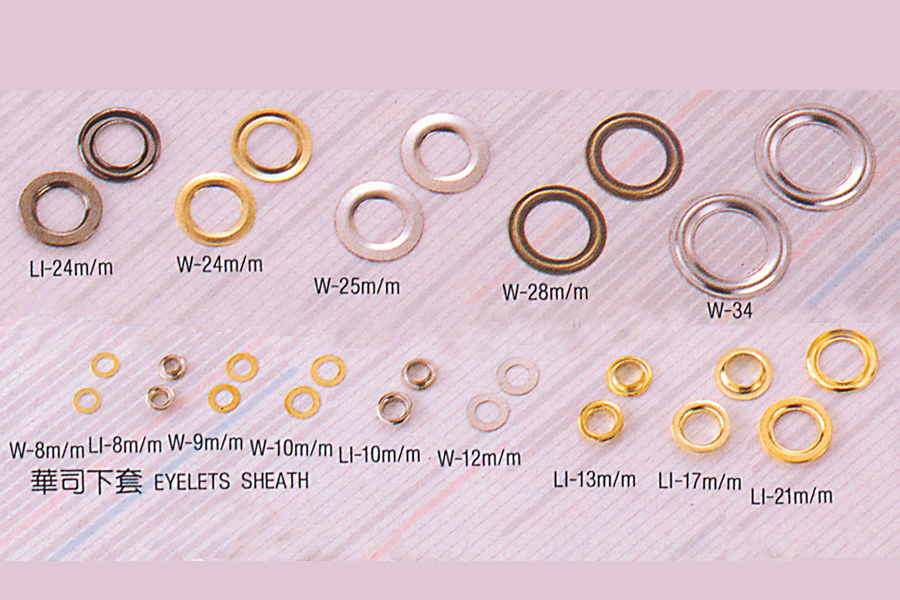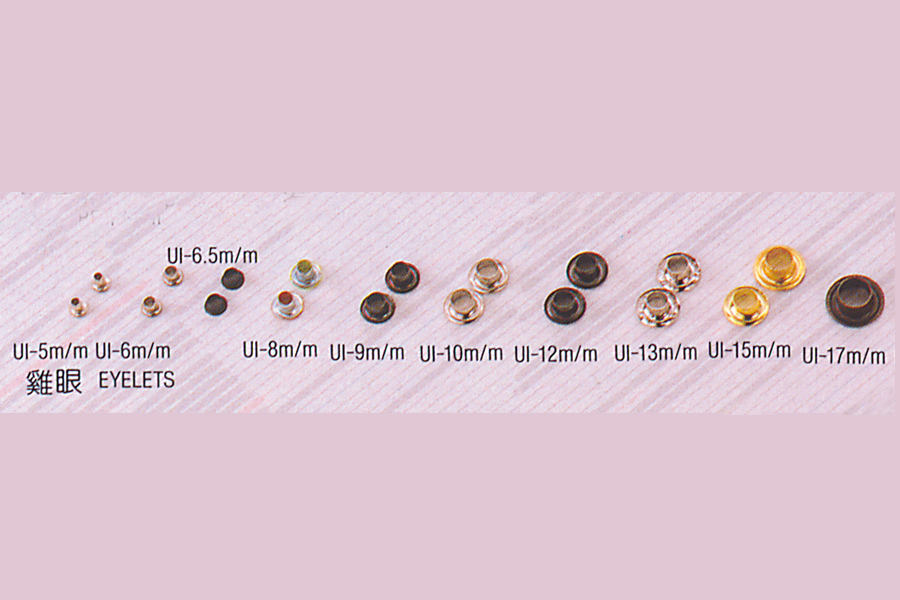Rivet Fastener
 Rivet Fasteners: A Comprehensive Guide to Their Types, Uses, and Benefits
Rivet Fasteners: A Comprehensive Guide to Their Types, Uses, and Benefits
Rivet fasteners are a key component in various industries, used to join materials securely and efficiently. These small but highly functional devices have a long history and remain indispensable in manufacturing, construction, aviation, and many other sectors. In this article, we will explore the different types of rivet fasteners, their applications, advantages, installation processes, and how they compare to other fastening methods.
What are Rivet Fasteners?
Rivet fasteners are mechanical fasteners that are used to permanently join two or more materials together. Typically, a rivet consists of a cylindrical shaft with a head at one end. Once inserted into a pre-drilled hole, the opposite end of the rivet is deformed to hold the materials together, creating a permanent bond. Unlike screws or bolts, rivets do not require threads and are ideal for situations where vibration resistance, durability, and reliability are crucial.
Rivets are commonly made from materials like aluminum, steel, stainless steel, copper, and brass. These materials are chosen based on the specific application, environmental conditions, and load-bearing requirements of the rivet.
Types of Rivet Fasteners
Rivet fasteners come in several types, each designed for particular applications and material combinations. The main types of rivet fasteners include:
Solid Rivets:
Solid rivets are the most common type of rivet fastener. They are composed of a single piece of material and are used in applications where strength and durability are essential. Solid rivets are widely used in the aerospace industry, where they secure aircraft skins and structural components . The installation of solid rivets requires access to both sides of the materials being joined since they must be deformed using a hammer or specialized tool to create the locking end.
Blind Rivets (Pop Rivets):
Blind rivets, also known as pop rivets, are designed for situations where access to only one side of the material is available. Blind rivets consist of a cylindrical body and a mandrel. During installation, the rivet is inserted into the hole, and a rivet gun pulls the mandrel through the body, expanding the tail end and creating a secure joint. Blind rivets are popular in automotive, electronics, and sheet metal applications due to their ease of installation and reliability.
Semi-Tubular Rivets:
Semi-tubular rivets have a partial hole at the end of their shaft, which helps reduce the force needed to deform them during installation. These rivets are often used in lighter-duty applications, such as in furniture, luggage, and some automotive components. Their hollow structure allows for easy deformation and a secure hold without the need for excessive force.
Tubular Rivets:
Tubular rivets are similar to semi-tubular rivets but have a completely hollow shaft. These rivets are used in light-duty applications such as leather goods, clothing, and plastic products. The hollow shaft provides ease of installation while maintaining a secure connection between materials .
Self-Piercing Rivets:
Self-piercing rivets are unique in that they do not require a pre-drilled hole for installation. Instead, they pierce through the material and create a mechanical interlock without deforming the surrounding material. These rivets are commonly used in automotive manufacturing, particularly in assembling car bodies, where speed and efficiency are paramount.
Drive Rivets:
Drive rivets are a type of blind rivet with a short mandrel that is driven into the rivet body with a hammer. These rivets are used in situations where ease of installation and quick fastening are critical, such as in sign installation, construction, and marine applications .
Split Rivets:
Split rivets have a split shaft that expands when the rivet is installed, providing a strong hold in soft materials like leather, rubber, or plastic. These rivets are often used in craftwork, upholstery, and some types of insulation.
Applications of Rivet Fasteners
Rivet fasteners are versatile and have found their way into numerous industries and applications. Some of the most common uses of rivets include:
Aerospace Industry:
Rivets play a critical role in the aerospace industry, where they are used to fasten the skins of aircraft to structural components. The reliability and strength of solid rivets make them the go-to fasteners for aircraft construction. Rivets are also lightweight, which is essential for reducing the overall weight of the aircraft while maintaining structural integrity.
Automotive Industry:
The automotive industry uses a variety of rivet fasteners for assembling car bodies, securing interior components, and fastening sheet metal parts. Blind rivets and self-piercing rivets are particularly popular in automotive applications due to their ease of installation and ability to work in hard- to-reach areas.
Construction and Architecture:
In construction


